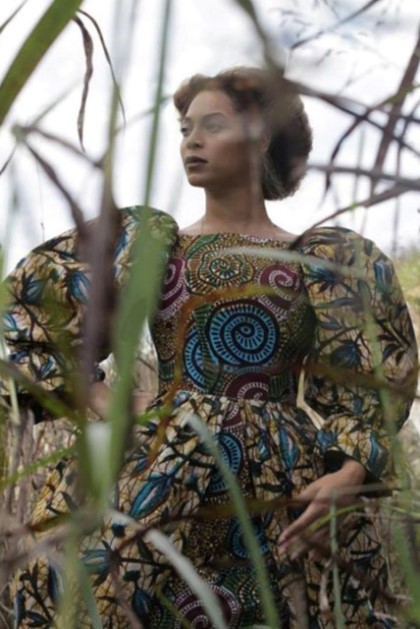The Beautiful Dutch Wax - Fabric of the African Diaspora
Share

Still from Beyonce Knowles-Carter’s All Night (Video) 2016. Directed by Kahlil Joseph, taken from the V&A Museum.
With a multitude of names from ‘Dutch Wax’ to ‘Liputa’, wax print textiles are found in African homes across the world and have become an important part of African cultures.
For many, the printed fabric known as Ankara, Dutch wax, African Wax Prints or batik is a cloth synonymous with Africa. The fabrics’ bold patterns and bright colourways are interwoven with the history, artistry and identities of the African diaspora and have forged part of its cultural heritage. However the story does not begin there alone. They were introduced to Africa by Dutch traders during the 19th century, with inspiration on design taken from the Indonesian Batik prints.

Dutch traders began to adapt their designs and colours to suit the tastes of the African market. Its vibrant colours is a celebration fabric, ideal to bring colour and joy to any home.
Wax prints are a type of nonverbal communication among African women, representing beauty and creativity. Some wax prints are named after personalities, cities, buildings, sayings, or occasions. The fabrics used to make 'artheart1982' cushions and home-wares honours this tradition.